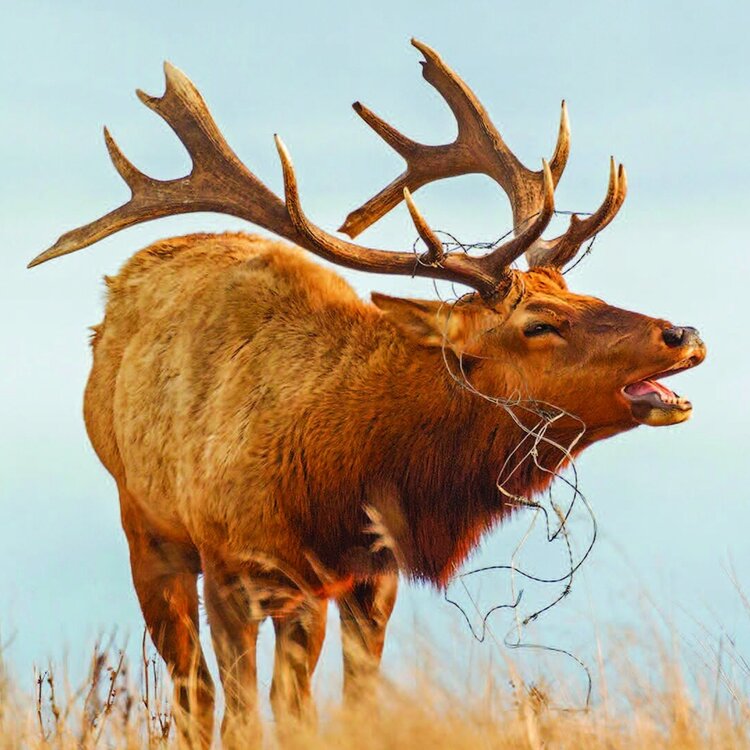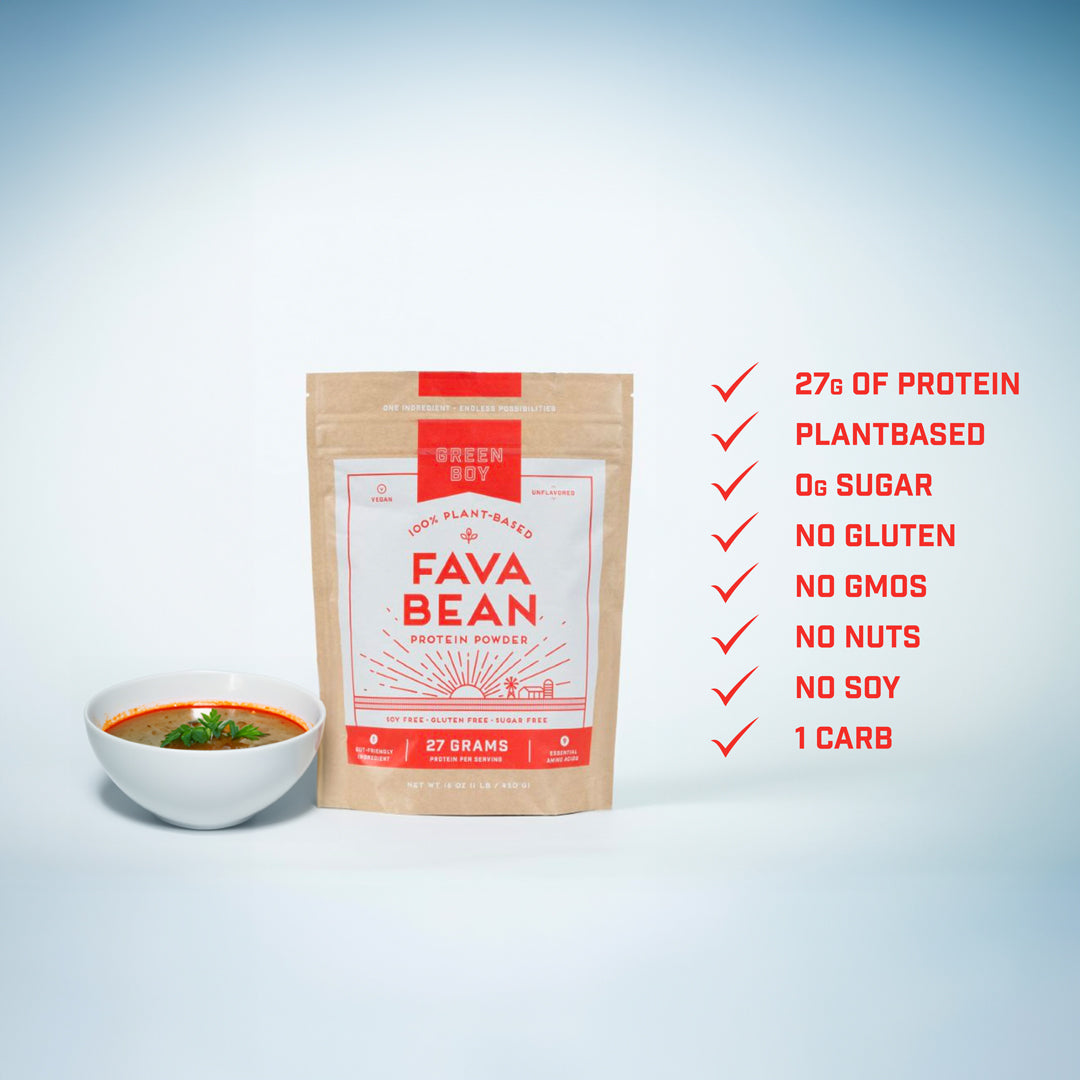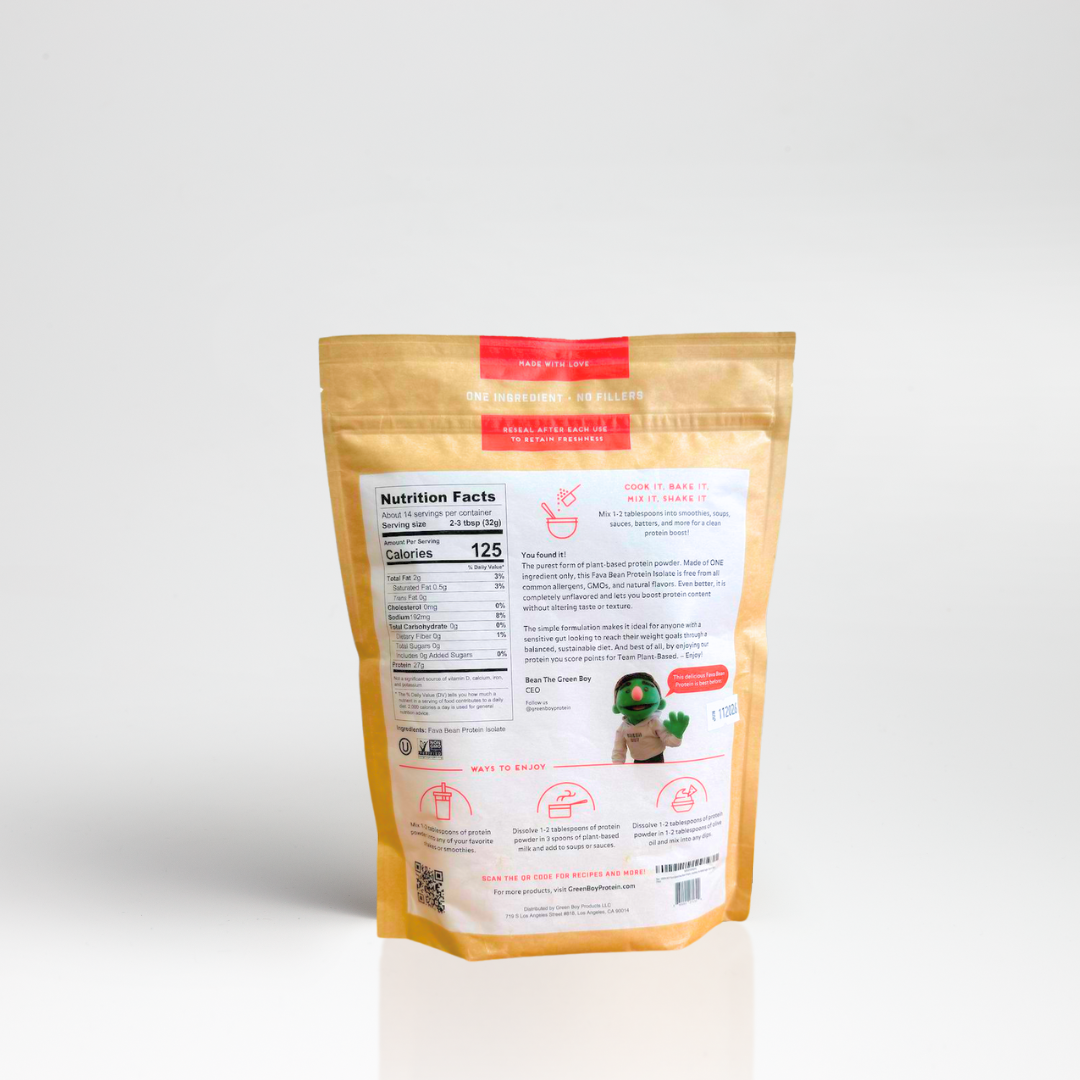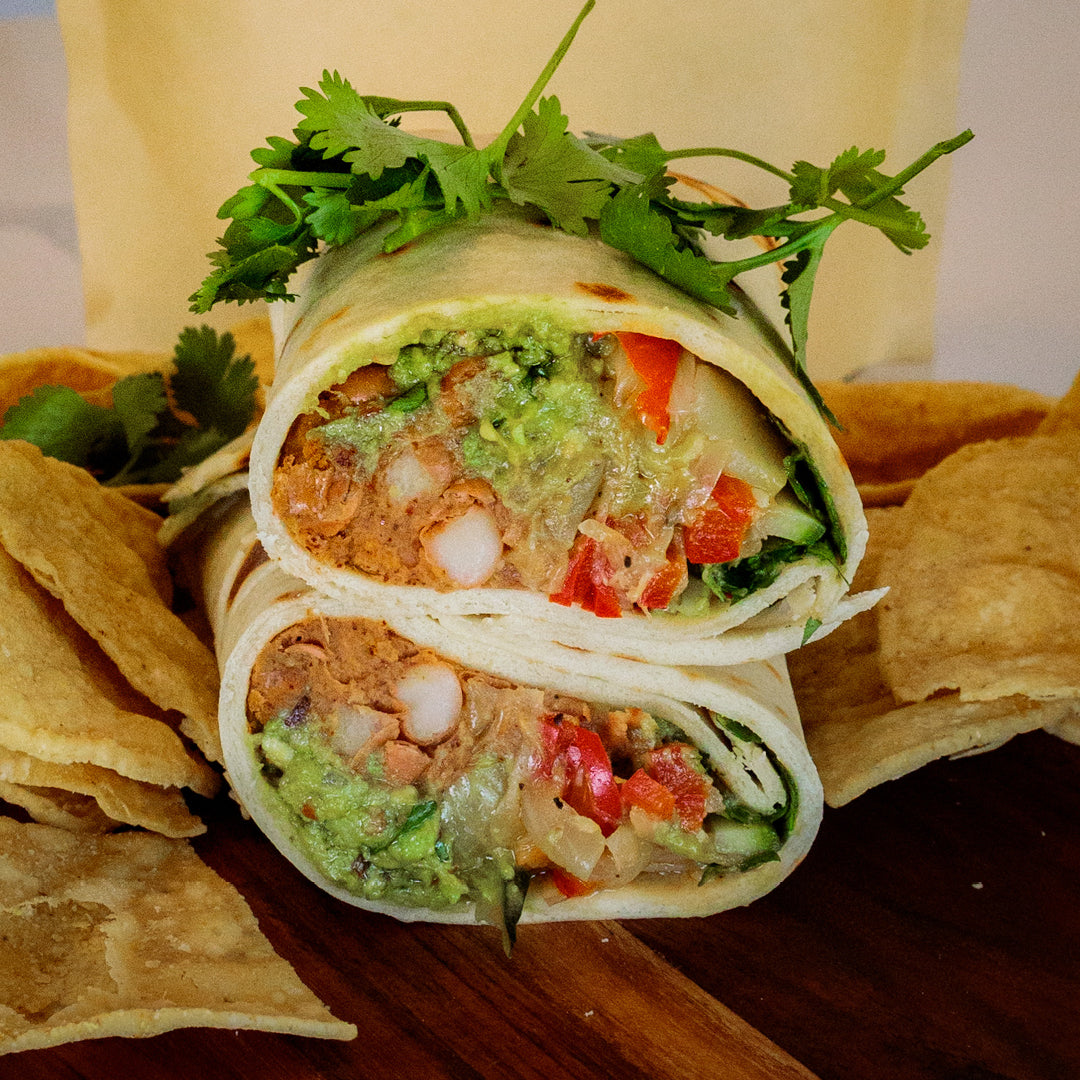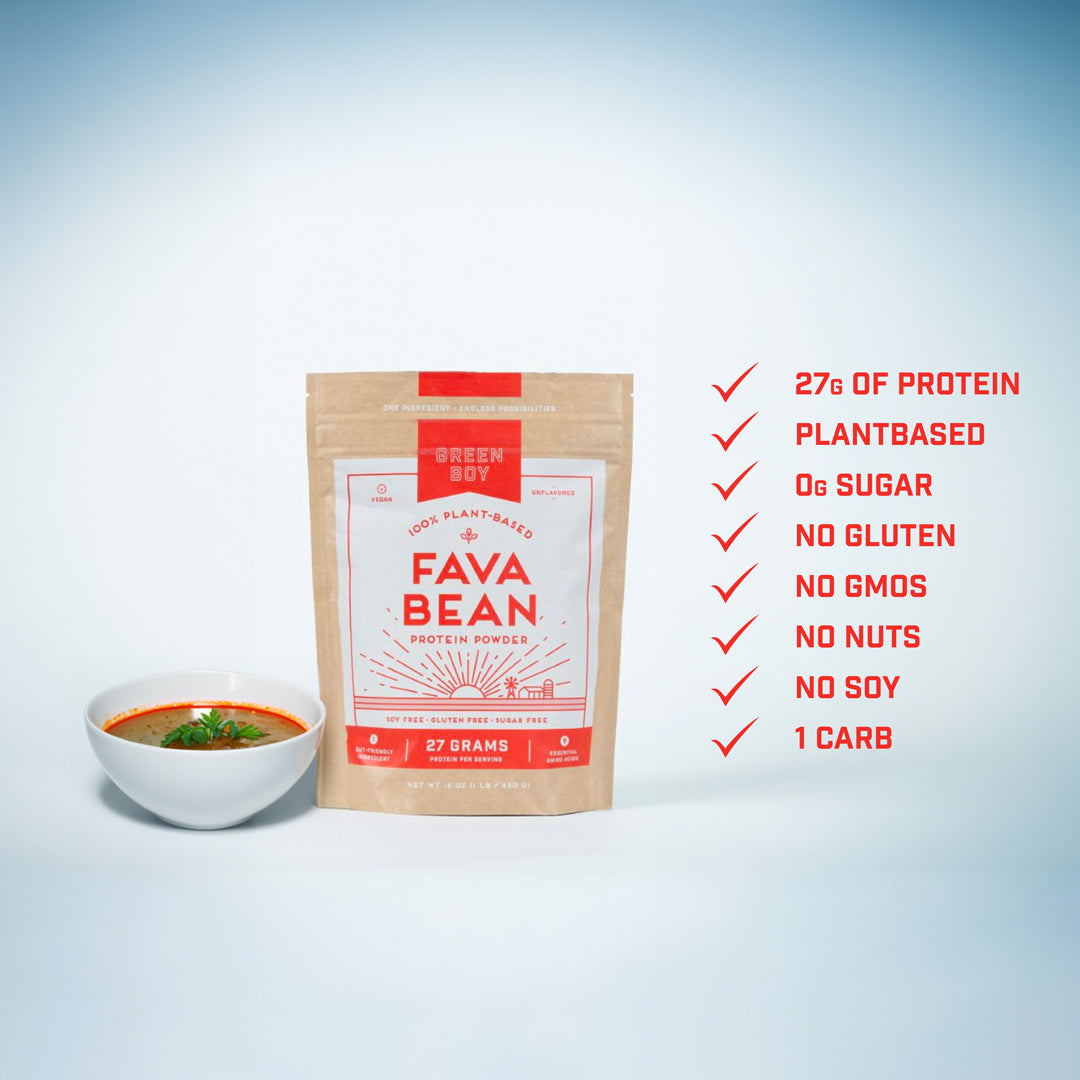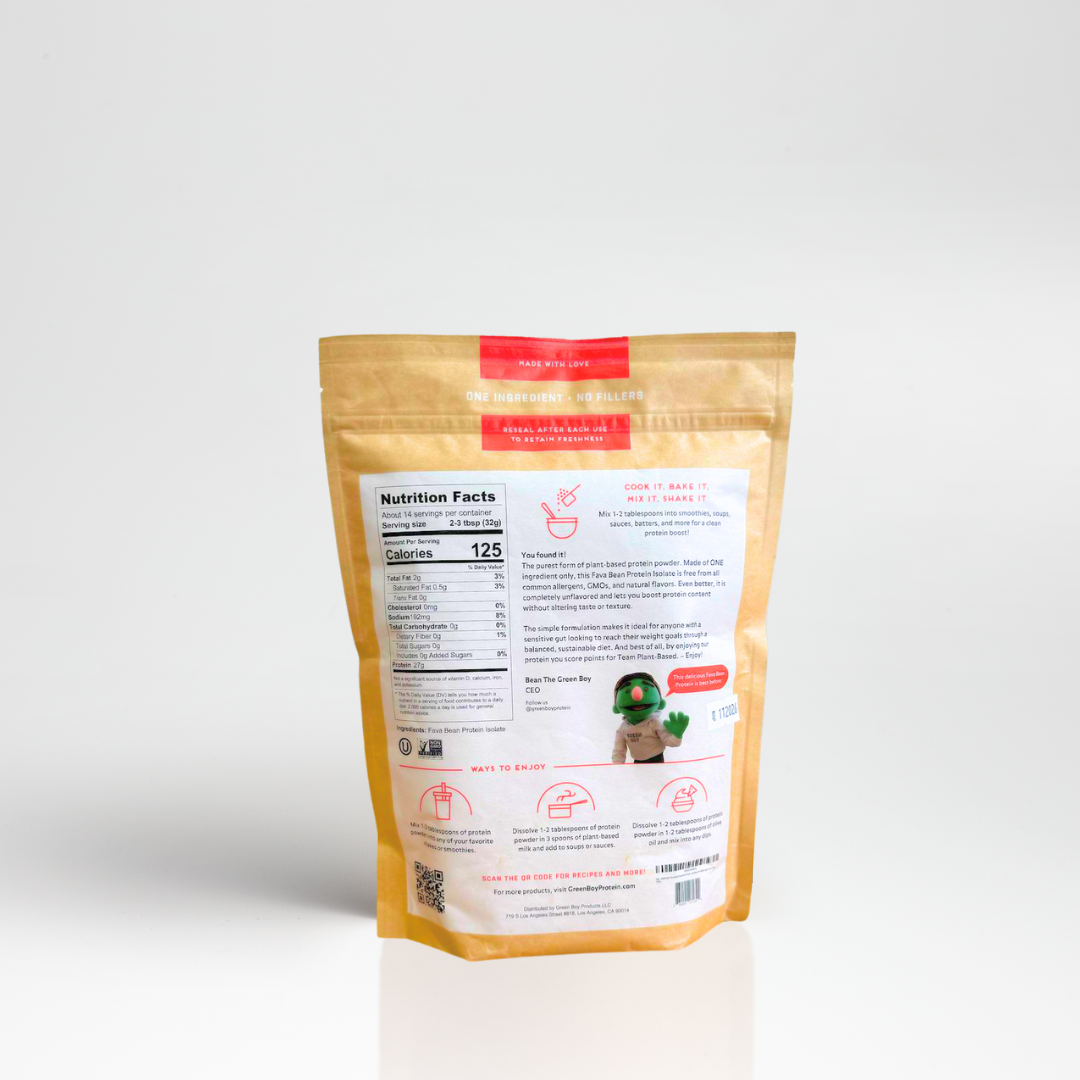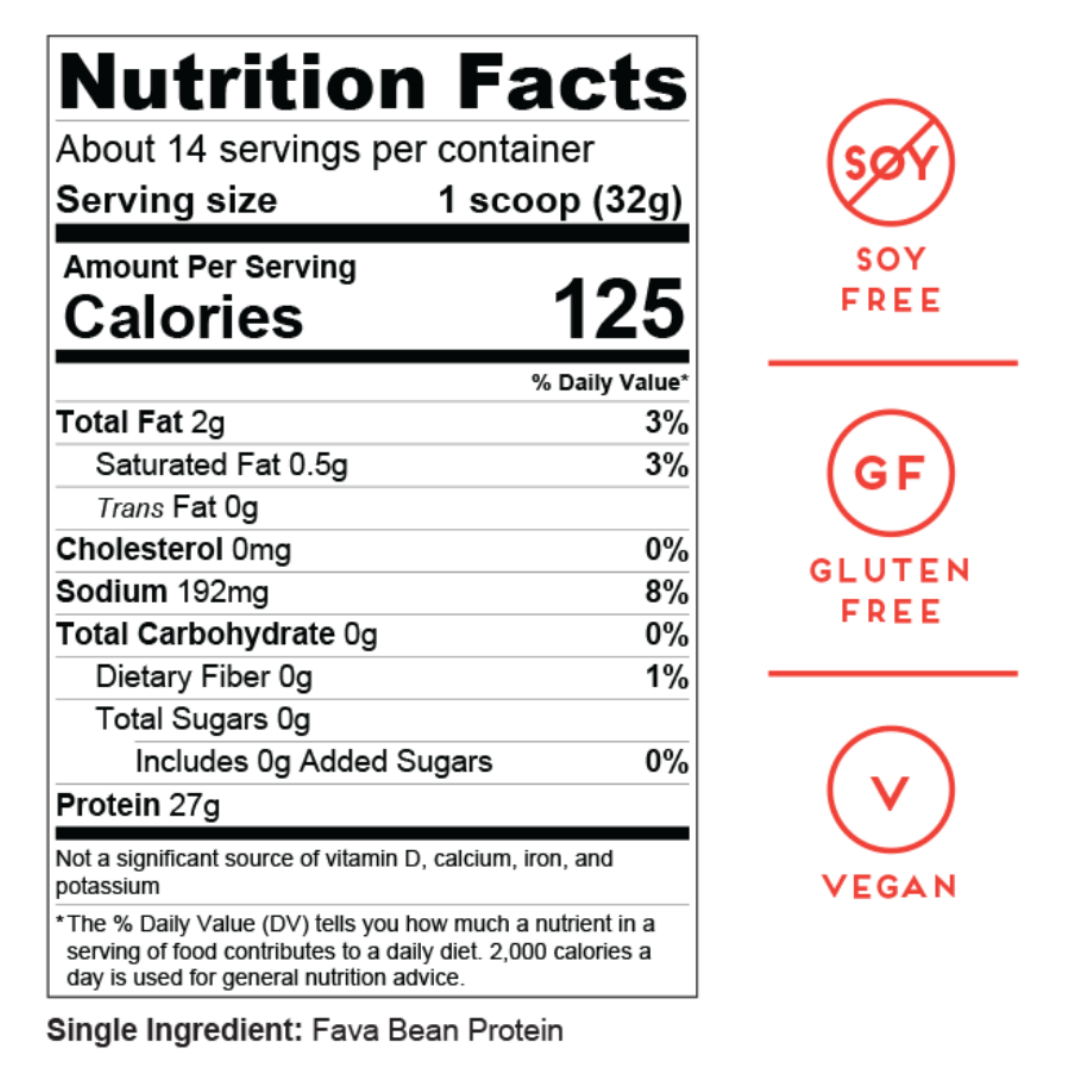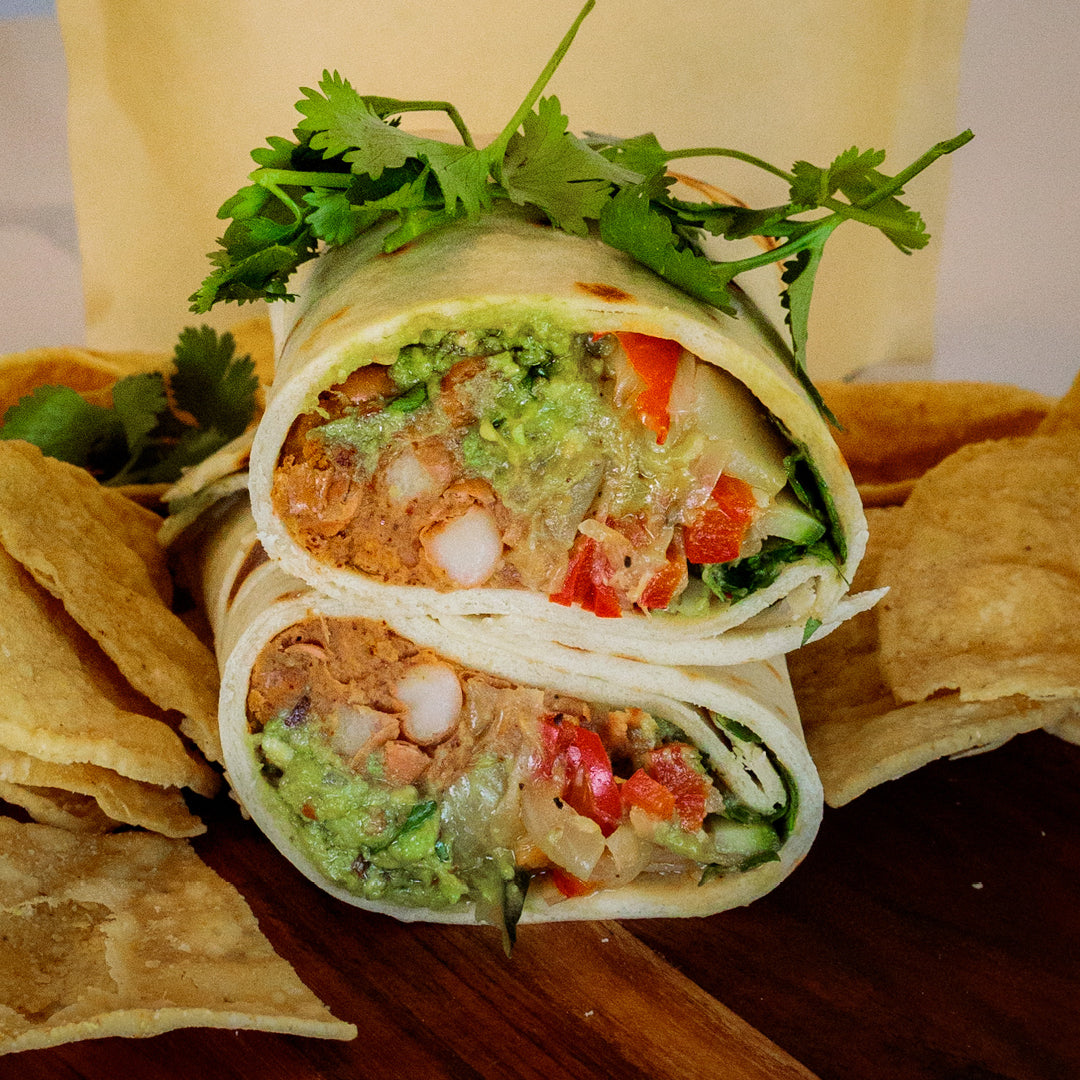Imperiled Tule Elk Need Your Voice
As a California-based business passionate about environmental preservation, when we learned about the Tule Elk, a threatened species, being killed off for the purposes of cattle ranching just north of San Francisco, we knew we needed to get the message out.
All information and responses to questions come from
Save Point Reyes National Seashore who are working diligently to stop the Tule Elk massacre.

Why is it important to keep the Tule Elk alive in Point Reyes National Seashore?
Tule elk are an endemic subspecies of elk (Cervus canadensis nannodes) only found in California. Point Reyes National Seashore is one of the few places in the state where elk are not hunted, and therefore can be observed by visitors in a relatively natural state. Having been reintroduced early back to Tomales Point from remnant populations, they may hold genetic diversity that is significant to retain and conserve, since Tule elk underwent a bottleneck in population from an estimated 500,000 pre-settlement number to less than 10 (and possibly only 2) individuals. The population is estimated to have grown to 5,700 but is still nowhere close to the population in the 1800s. Therefore maximizing the conservation of all alleles in various habitats, such as this coastal prairie plant community, is important for the conservation of the elk.
What are the ecological consequences of a reduction in Tule elk?
This was not analyzed in the Environmental Impact Statement (which may be approved at any time before July). We may learn more when the decision is made to shoot elk and diversify agriculture on Point Reyes National Seashore. Killing off a population can have massive negative impacts on all other parts of the local ecosystem. If you watched Seaspiricy, they gave a good example of how the dwindling shark populations affect the entire ocean ecosystem.
What role are the ranchers playing in the decline of native elk populations?
The 8-foot -tall elk exclusion fence that traps Tule elk within a "zoo" on Tomales Point to keep them out of cattle pastures, actually is contributing to a drought die-off of Tule elk. They cannot migrate out to find water and better forage, and about 150 elk have already died, from a recent NPS survey. The park refuses to provide water or supplemental nutrition to these trapped elk on the narrow spit of land with poor water sources. Meanwhile, ranchers have been sinking new wells and pumping more water to their cows, to keep them from colicking of dehydration during this drought.
The free-roaming Minatour and Drake's Beach herds did not suffer such drastic mortality, because they could roam around to find water and better forage. But because they sometimes roam into the cattle pastures, the ranchers have demanded that the NPS shoot any elk that wander into the cattle pastures, because they claim the elk compete for grass with their commercial cow operations, and they sometimes break barbed-wire fences when they jump over them.
We say that this is public land, and moreover, it is a world-class National Seashore--the only one on the Pacific Coast--that needs to be managed for wildlife, native plant communities, and access by park visitors. Not for a few for-profit commercial livestock operations.
How does ranching in the area affect local biodiversity?
Cattle grazing causes the spread of invasive weeds, elimination of native grasses and meadows, erosion, and head cuts in watersheds that allow sedimentation of streams that are habitat for coho salmon and steelhead trout.
Dairies produce a huge excess of manure, which is liquified and collected into holding ponds, then spread onto cattle pastures; dry manure is also bulldozed up into piles, loaded onto trucks, and spread onto pastures in Point Reyes National Seashore. After large rainstorms, the manure can wash into streams and into the ocean, polluting the waters with fecal coliform bacteria, excess Nitrogen, and Phosphorus, and lower dissolved oxygen, as well as dump sediment loads into waters.
This water pollution can impact rare and at-risk aquatic and marine species such as red-legged frogs, California freshwater shrimp, chinook salmon, coho salmon, steelhead trout, green sea turtle, orca, and many others. Eelgrass beds may be smothered with eroded sediments from overgrazing--these are the nurseries of fish species that support many Pacific species such as sea lions, whales, and sharks. On land, rare coastal prairies are eliminated by heavy cattle grazing and trampling.
Do you think the National Park Service in Point Reyes is managing the National Park appropriately?
No. The NPS seems to be catering to local livestock operators but is also pressured by pro-cow politicians. The livestock operations have many impacts that are violating the Organic Act, the law which formed the National Park Service, the 1916 NPS Organic Act
§100101. Promotion and regulation
(a) In General.-The Secretary, acting through the Director of the National Park Service, shall promote and regulate the use of the National Park System by means and measures that conform to the fundamental purpose of the System units, which purpose is to conserve the scenery, natural and historic objects, and wildlife in the System units and to provide for the enjoyment of the scenery, natural and historic objects, and wildlife in such manner and by such means as will leave them unimpaired for the enjoyment of future generations.
What can concerned citizens do to help preserve the elk population and ecology of the seashore?
You can write a letter with your concerns to Point Reyes National Seashore, asking for protection of native tule elk, and restoration of coastal prairie habitats. Cattle numbers should be reduced, especially during this drought. Wildlife-friendly fences should be built, replacing old barbed-wire fencing--of which there are over 300 miles in the ranching zone of Point Reyes National Seashore and the northern district of Golden Gate National Recreation Area.
You can also write the Secretary of Interior and ask her to direct the National Park Service to choose the Conservation Alternative (Alternative F) in the General Management Plan Amendment/Environmental Impact Statement, which eliminates livestock and restores elk and coastal prairies to this park unit.
You can also access this folder to print and mail a postcard!


